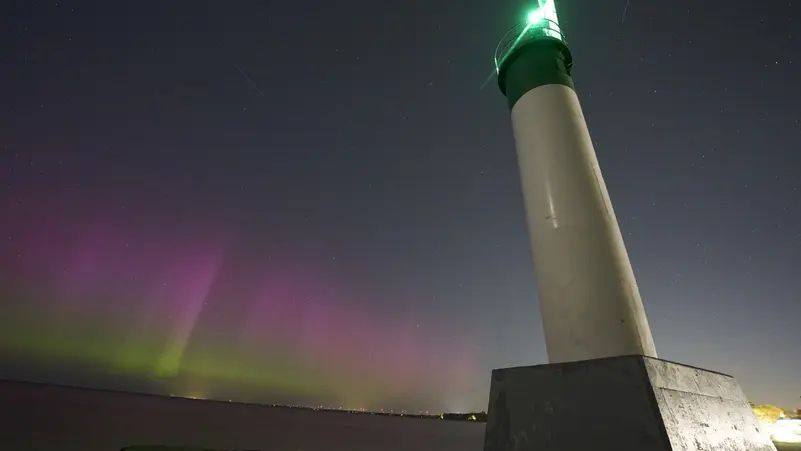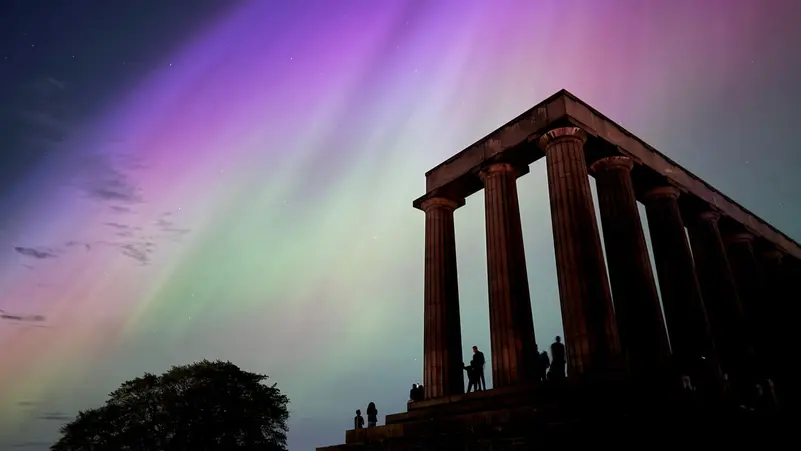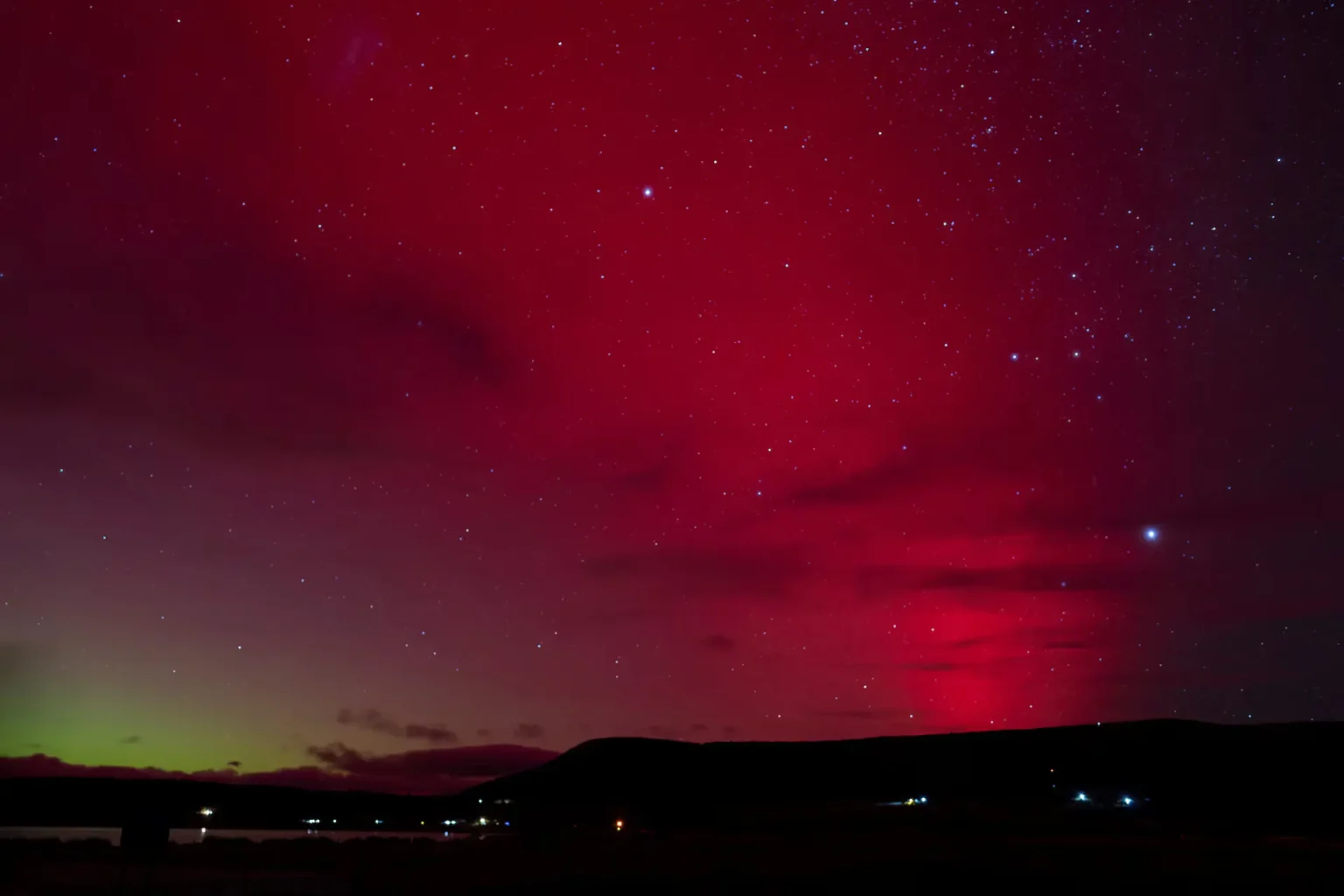Months ago, Tourists paid big amounts to see a glimpse of the aurora but last weekend things changed after many people around the World simply had to up their chin and capture the stunning display across the sky.
Usually ejected to the poles of Earth, the auroras strayed as far as Mexico, southern Europe, and South Africa on the evening of May 10, satisfying skygazers.
But for those tasked with saving Earth from strong solar storms such as the one that caused the auroras, a danger stalks beneath the gorgeous colors.
Quentin Verspieren, the European Space Agency’s space safety program coordinator, told AFP that we need to understand that behind this beauty, there is danger.
“We’re focused on the more sinister potential impacts of solar storms, such as taking out power grids and satellites, or exposing astronauts to dangerous levels of radiation”, Mike Bettwy of the US Space Weather Prediction Center said.

The recent auroras were generated by the strong geomagnetic storm since the “Halloween Storms” of October 2003, which sparked blackouts in Sweden and harmed power infrastructure in South Africa.
There emerges to have been less harm from the latest solar storms, though it usually takes weeks for satellite firms to indicate issues, Bettwy said.
He told AFP that there were reports that some self-driving farm tractors in the United States stopped in their tracks when their GPS guidance systems went out due to the storm.
These unknown effects are generated by enormous explosions on the surface of the Sun that shoot out plasma, radiation, and even magnetic fields at extremely fast speeds born on the solar wind.
The recent exercise has come from a sunspot cluster 17 times the size of Earth which has persisted fuming over the week. On Tuesday it blasted out the strongest solar flare spotted in years.
The sunspot has been shifting towards the edge of the Sun’s disc, so activity is predicted to die down in the brief term as its outbursts aim away from our planet.
But in approximately two weeks the sunspot will turn back around, again turning its gaze towards Earth.
, ESA space weather service coordinator Alexi Glover told AFP that in the meantime, another sunspot is “coming into view right now” which could initiate “major activity in the coming days”.
She added, that the solar activity is “definitely not over”.
It is hard to predict how fierce these sunspots could be — or whether they could spark further auroras.
But solar activity is only just coming to the peak of its roughly 11-year cycle, so the odds of another major storm are highest “between now and the end of next year”, Bettwy said.
Geomagnetic storms such as the current one make a magnetic charge of voltage and current, “essentially overloading” things like satellites and power grids, according to Bettwy.
The most well-known example came in 1859 during the destructive solar storm in recorded history, called the Carrington Event.
As well as astonishing auroras, the storm caused sparks to fly off of telegraph stations. The charge that stemmed from the Sun was so powerful that some telegraphs worked without being plugged into a power source.
Bettwy said most nations have enhanced their power grids, which should stop prolonged outages like those that hit Sweden in 2003 or Canada in 1989.
Still, he told people to have an emergency kit in case electricity is knocked out for a day or two. Fresh water might also assist in case filtration plants go offline.
Astronauts are specifically at risk from radiation during powerful solar activity. Those on the International Space Station usually take the best cover they can when a bad storm is expected.

Bettwy said a tremendous solar storm could expose astronauts to an “unhealthy dose” of radiation, but he did not think it would be fatal.
Highlighting that he did not want to “instill fear”, Bettwy added that radiation can also potentially “get through the fuselage” of planes flying near the North Pole.
Airlines sometimes switch routes during intense solar storms to avoid this happening, he added.
Several forthcoming missions are expected to enhance forecasting of the Sun’s intense and unpredictable weather, seeking to give Earth more time to prepare.
If the ESA’s Vigil mission, scheduled to launch in 2031, was in place today, it would give us far more details about the presently rotating sunspot, Glover said.




